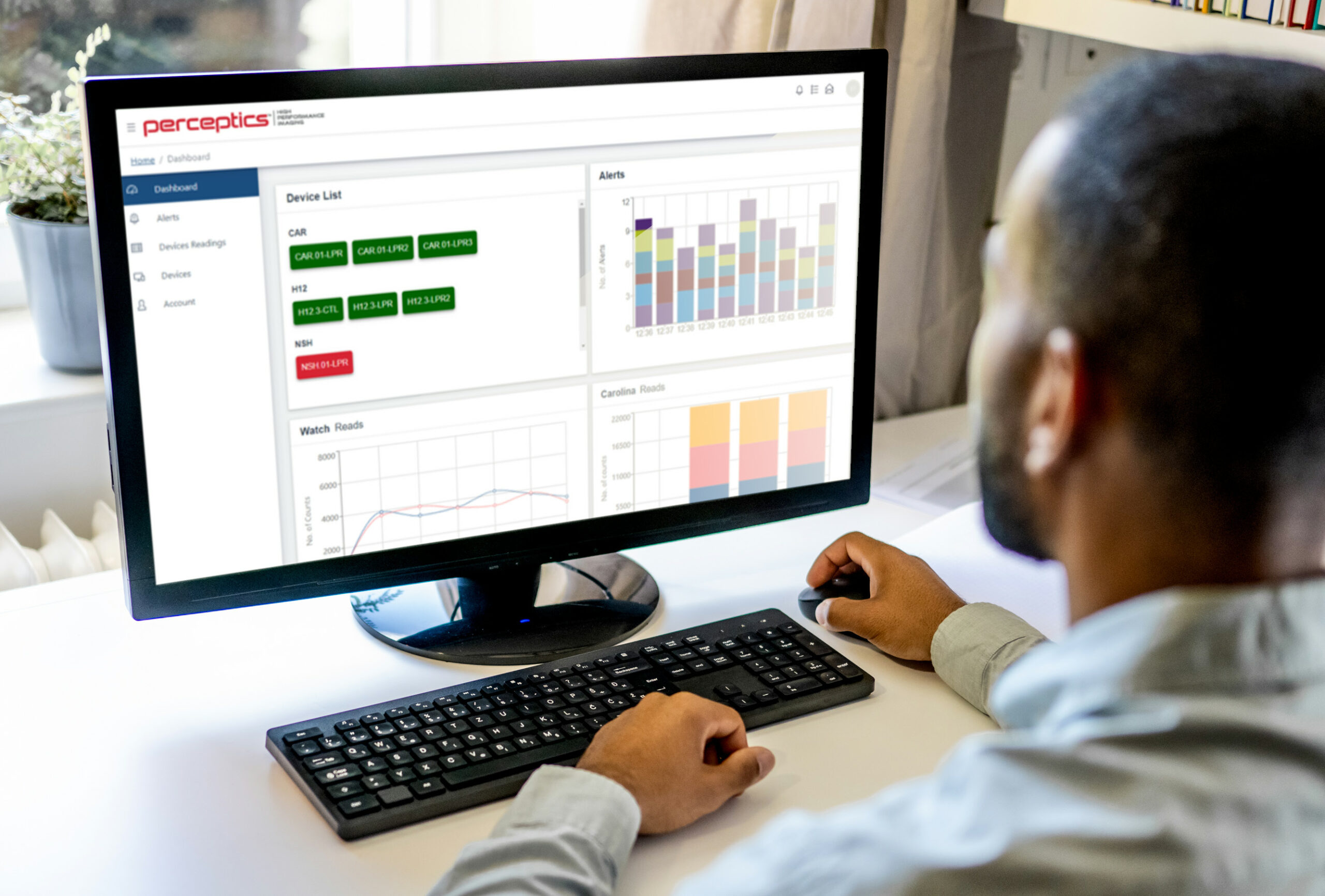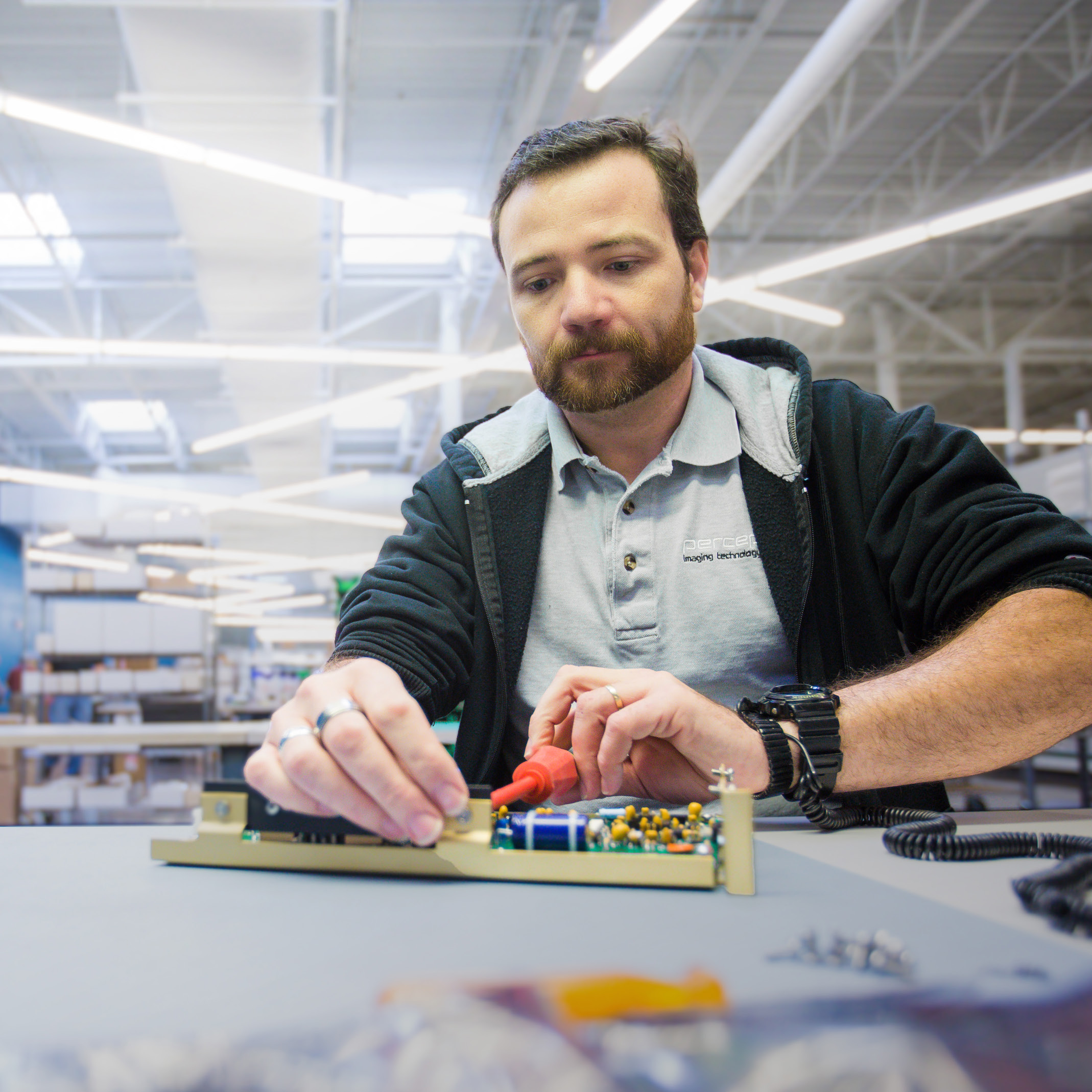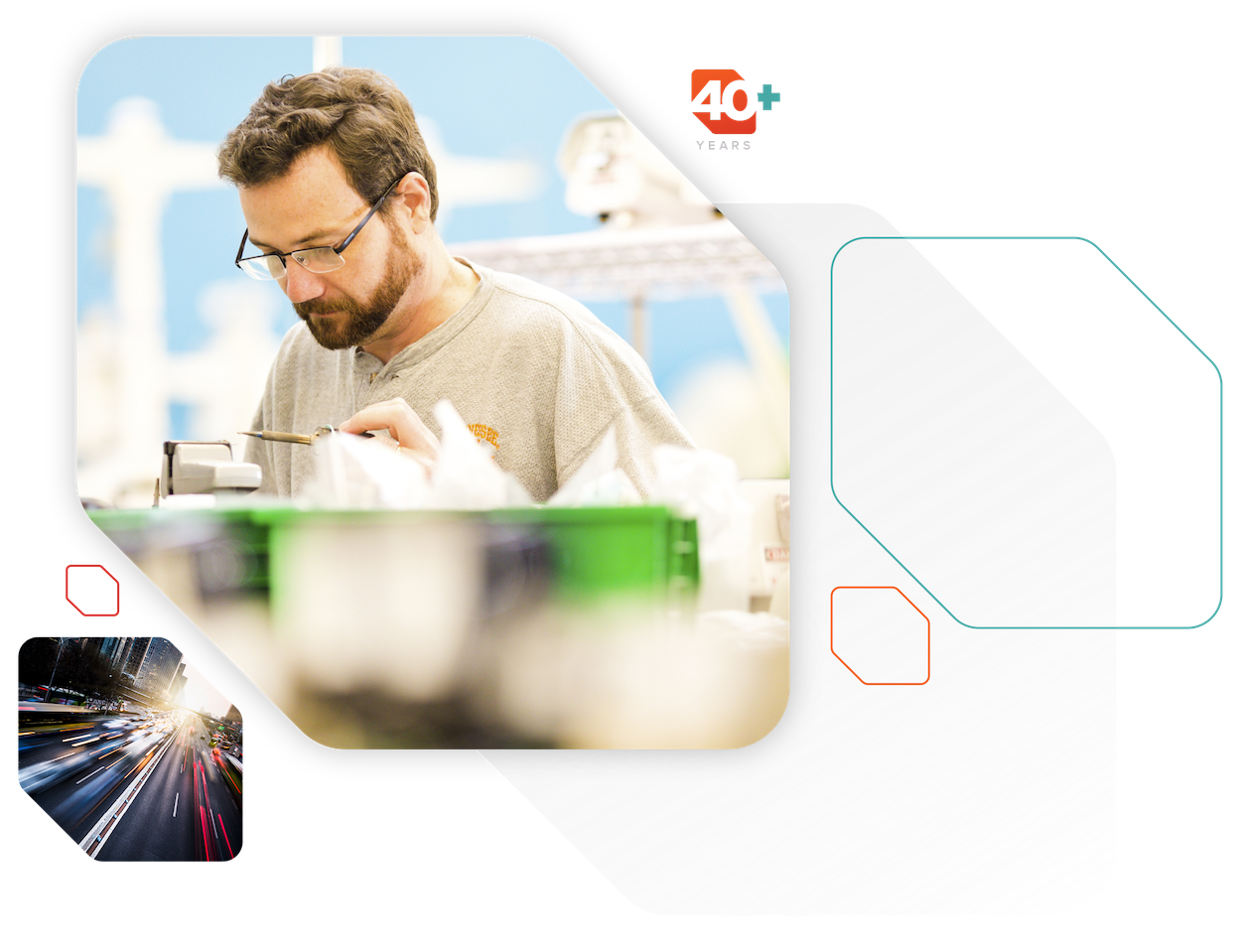What We Do
When it comes to vehicle recognition, Perceptics knows one-size-fits-all doesn’t cut it. That’s why we offer tailored solutions that address your unique needs—whether you’re securing borders, tracking commodities, automating tolling or anything in between. Our technology streamlines your processes, reduces errors and eliminates tedious manual tasks. While our roots are in license plate recognition, today we offer software and hardware solutions for all your vehicle recognition requirements. We understand the importance of delivering data you can trust, which is why our technology is always engineered for accuracy.
Software
Say goodbye to costly hardware upgrades and tedious integrations. Our Summitt software line consists of seven distinct identification and operations software modules that seamlessly integrate with your existing camera hardware and back-office systems. Summitt offers highly scalable solutions that can be configured to meet your specific needs or purchased as a comprehensive software suite.
Learn More
Cameras
We’ve been designing and refining camera hardware for over 40 years. Equipped with our state-of-the-art recognition technology, we offer both fixed and portable camera solutions for vehicle recognition. Our hardware is designed and assembled in the USA with longevity and dependability in mind, ensuring high-quality performance with industry-leading accuracy.
Learn More
Vehicle Occupant Detection
Our Vehicle Occupant Detection (VOD) solutions address an emerging need within the transportation industry. Whether you’re looking to detect the number of occupants in an HOV lane or monitor distracted driving, Perceptics vehicle occupant detection can help.
Learn More
RECOGNITION SOLUTIONS
Click around the animation below to explore our wide range of vehicle identification and operations technology.
Operations Software
Our operations software offers solutions to help improve upon existing recognition software and improve internal efficiency.
Hazmat Reader
Our hazmat placard reader technology helps identify the hazard class, division & UN number of up to six placards on a commercial vehicle, rail car or container.
DOT Reader
Our DOT reader technology automatically detects the USDOT, VIN and motor carrier numbers on commercial vehicles.
License Plate Reader
Our LPR technology reads license plate numbers and plates with high read rates and accuracy.
Vehicle Occupant Detection (VOD)
Our VOD systems detect the presence of passengers in the first and second rows of vehicles and offer multiple applications from simple occupant counting to commercial driver safety monitoring.

Operations Software
Our operations software offers solutions to help improve upon existing recognition software and improve internal efficiency.

Hazmat Reader
Our hazmat placard reader technology helps identify the hazard class, division & UN number of up to six placards on a commercial vehicle, rail car or container.
DOT Reader
Our DOT reader technology automatically detects the USDOT, VIN and motor carrier numbers on commercial vehicles.






License Plate Reader
Our LPR technology reads license plate numbers and plates with high read rates and accuracy.



Vehicle Occupant Detection (VOD)
Our VOD systems detect the presence of passengers in the first and second rows of vehicles and offer multiple applications from simple occupant counting to commercial driver safety monitoring.


Why Perceptics?
With over four decades of experience under our belts, we’ve learned a few things about delivering high-quality products and providing top-notch customer service. Our range of AI-powered hardware and software solutions are designed to be convenient and flexible. But, if you can’t find the perfect fit, our solutions can always be configured to fit your unique needs. Here are just a few of the reasons our partners say they are happy working with us:
- Unmatched customer service with quick issue resolution
- Innovative and customizable solutions
- Intelligent vehicle recognition with high read and accuracy rates
- Reliable solutions that withstand the test of time.

We Read You Loud and Clear
Interested in learning more about our capabilities and solutions? Fill out this form, and a team member will be in touch to chat more about our solutions and how we can collaborate together to meet your goals!
"*" indicates required fields


